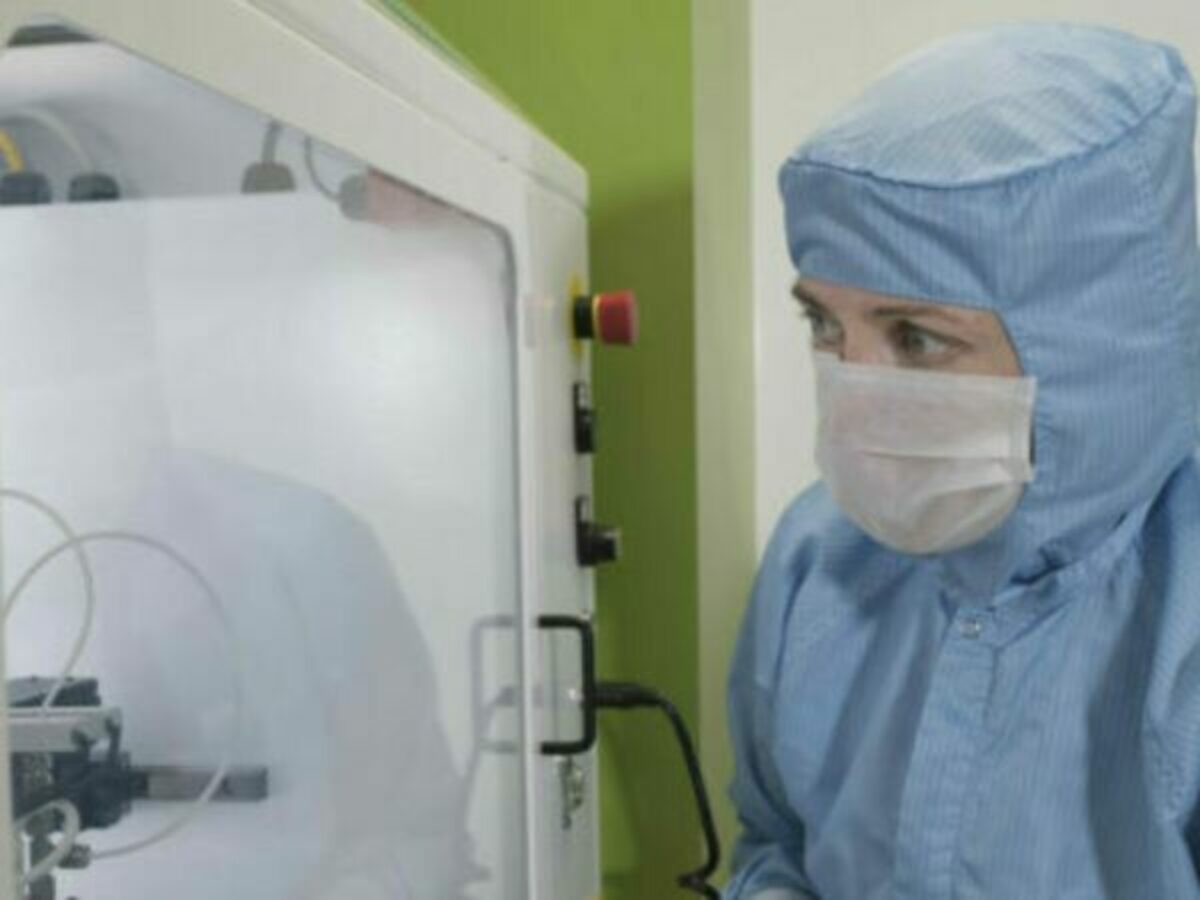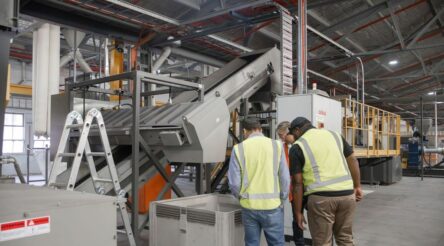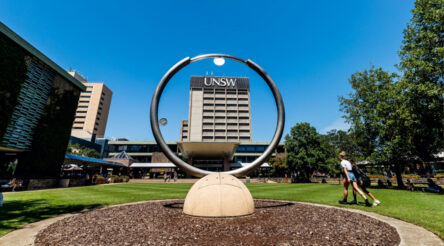Towards 3% R&D – why is Australia’s national R&D effort falling?

Today in our editorial series – Towards 3% – turbocharging our national innovation effort – innovation policy analyst Dr John Howard shines light on why Australian R&D is going backwards. In this, the second part of a two-part series, Dr Howard discusses the reasons behind the fall in R&D spending, pointing the finger at a lack of so-ordination at the national level. The full paper can be downloaded here: The SRI Tables- What do they Really Show Final (2).
Yesterday I showed the precipitious fall in national R&D – today let us first look at structural issues around government R&D spending.
Under the Australian Westminster-derived public administration system and the principle of Ministerial responsibility, each government minister is responsible for a specific portfolio and is accountable to the Parliament for their department’s performance.
Constitutionally, this principle means that Ministers are individually answerable for the expenditure programs and actions within their portfolio.
In aggregate, the programmes reflect a de facto implementation of a science, research, and innovation policy without an overarching strategy. These programmes are loosely connected to the Government’s nine Science and Research priorities.
The SRI Budget Tables show that in 2023-24, the Government’s $12.6 billion investment in R&D programmes is distributed across 14 government portfolios.
@AuManufacturing will begin publishing contributions for our series – Towards 3% – turbocharging our national innovation effort – next week and we urge you to contribute. Call Peter Roberts, 0419 140679 or write to [email protected].
However, most investment is made within six portfolios: Industry Science and Resources, Education, Health and Aged Care, Climate Change, Energy, the Environment and Water, Defence, and Agriculture.
There are no formal arrangements for research and innovation policy coordination and collaboration across these portfolios, such as through a Science, Research, and Innovation Committee of Cabinet.
Industry, Innovation and Science Australia does not have that role. The National Science and Technology Council is an advisory body only.
This process differs from other countries with National Science/Research Foundations, such as the US, Germany, and Korea.
14 different government departments allocate R&D funds
In 2023-24, the Education portfolio was a clear winner in the federal government’s resource allocation framework, with budgeted expenditures up 11.4 percent on $3.5 billion in 2022-23.
The Industry, Science, and Resources portfolio had a small increase of 0.9 percent on $5.1 billion, and the Health portfolio secured a marginal increase of 0.3 percent on $1.7 billion.
Defence was a significant loser, with a reduction of 11.1 percent on an expenditure of $632 million in 2022-23.
Frequent machinery of government changes and reallocation of ministerial responsibilities have introduced substantial instability into the system.
Fourteen Ministers have had portfolio responsibilities for industry, science, and innovation functions since 2008.
Tourism or Technology: Where to from here?
Should the expenditure trends described in this Paper continue, and in the knowledge of the complementarity of government and business research investment, the 3% target would appear to be a little more than a rhetorical aspiration.
To reach 3%, substantial increases in both public and business investment in R&D are required.
Continuing to rely on universities through their international student fee income and overseas PhD students as the major component of national R&D investment is a very high risk in the intensely competitive global higher education market and unlikely to deliver the 3% outcome.
It is even more risky as governments impose tighter visa requirements.
Based on trends in the OECD data, Australia is heading into the league of the European tourism, sport, and entertainment-driven economies.
Manufacturing R&D
Growing the tourism industry is a high priority for the Australian and state/territory governments and is driven hard by the tourism operators and lobbies, and the higher education sector.
Manufacturing, by contrast, contributes 5.7 percent to GDP and 7.4 percent to exports.
To secure its transformation and growth and a place in the global competitive environment, the industry requires substantial investment in R&D. But apart from the support that flows through the R&D Tax Incentive, the level of support is minimal.
Substantial investments by government and business are required to leapfrog into the future: digital infrastructure, AI and machine learning, robotics, virtual and augmented reality, cyber security, and green technologies.
Commitments are being made, but progress is serpentine. A sense of urgency is absent.
Perhaps Australians and many of our political leaders are comfortable with this.
But it is not a path to economic prosperity, social cohesion, higher living standards, and social equity, particularly with the limitations posed by our narrow trade and industrial structure.
Our place at number 93 on the Harvard Atlas of Economic Complexity, measuring the diversity and research intensity of our export mix, has been widely noted.
The current minister responsible for industry now assures us that the government is investing in priority industries supporting an uplift in R&D over the longer term, including the National Reconstruction Fund, the Industry Growth Program, and the National Quantum Strategy.
These are innovation programmes with strong diffusion and commercialisation objectives, not R&D delivery. Nonetheless, these programmes will require strong R&D capability to draw upon to succeed.
Towards a whole of government strategy
Lifting R&D is not a matter of shifting funds from one portfolio to another.
It requires genuinely new and sustained public and private investment commitment of all ministers and business leaders to see what is at stake.
These are matters for the Prime Minister to take the lead, with the support of his Cabinet colleagues, through a Cabinet sub-committee at the very least but preferably through a ‘whole of government’ tripartite industrial strategy or competitiveness council.
We can no longer rely on the ‘bottom-up’ aggregation of the decisions and submissions of six (and possibly 14) individual Ministers and their portfolio advisers to coordinate Australia’s science, research, and innovation investment policy.
It must be ‘top-down’, as seen in several of our ‘peer’ countries—for example, Germany, Netherlands, Israel, Korea, and the USA – combined with a national network of place-based innovation ecosystems.
Dr John Howard is an experienced policy analyst focused on science, technology, innovation (STI) policy and practice, industrial policy, management strategy, university-industry engagement, and regional innovation ecosystems. Dr Howard is Executive Director, Acton Institute for Policy Research and Innovation and Visiting Professor, UTS Institute for Public Policy and Governance.
Dr John Howard’s full paper – The Science, Research, and Innovation Budget Tables,
What do they really show? – published by The Acton Institute for Policy Research and Innovation and @auManufacturing can be downloaded here:
The SRI Tables- What do they Really Show Final (2)
This series is brought to you through the support of our principal sponsor, public accounting, tax, consulting and business advisory BDO, and tax incentive consultancy Michael Johnson Associates.
Picture: CSIRO
Topics agriculture AI and machine learning Analysis and Commentary Climate change cyber security Defence defence digital infrastructure Dr John Howard Ed Husic education energy green technologies Harvard Atlas of Economic Complexity Health and Aged Care Industry Industry Science and Resources innovation Innovation and Science Australia Manufacturing News National Quantum Strategy national reconstruction fund National Science and Technology Council R&D robotics Technology the Environment and Water the Industry Growth Program UTS Sydney virtual and augmented reality
@aumanufacturing Sections
Analysis and Commentary Awards Defence Manufacturing News Podcast Technology Videos










